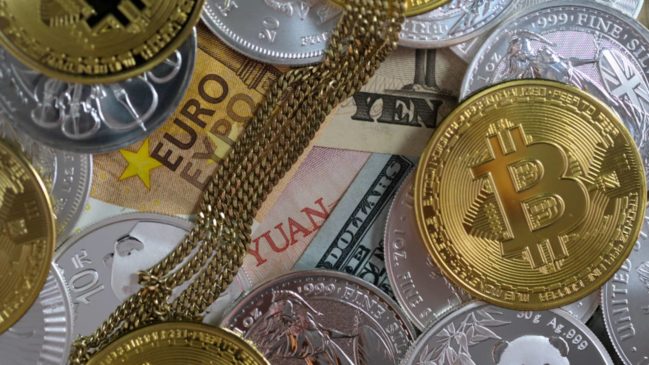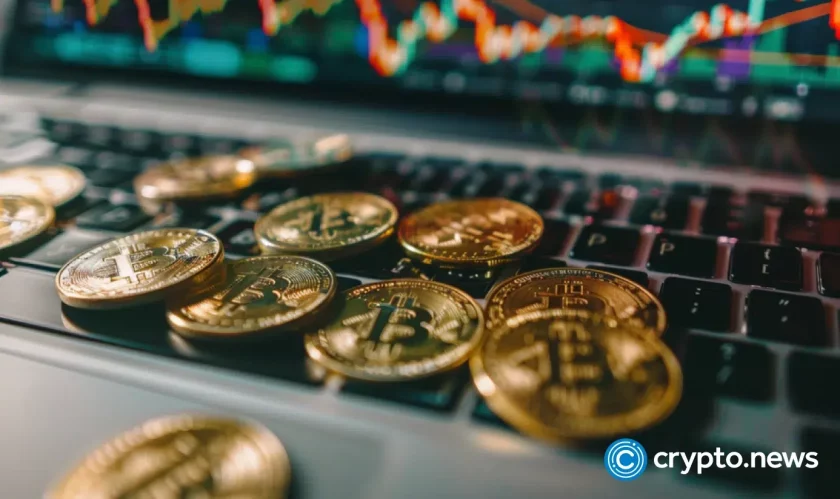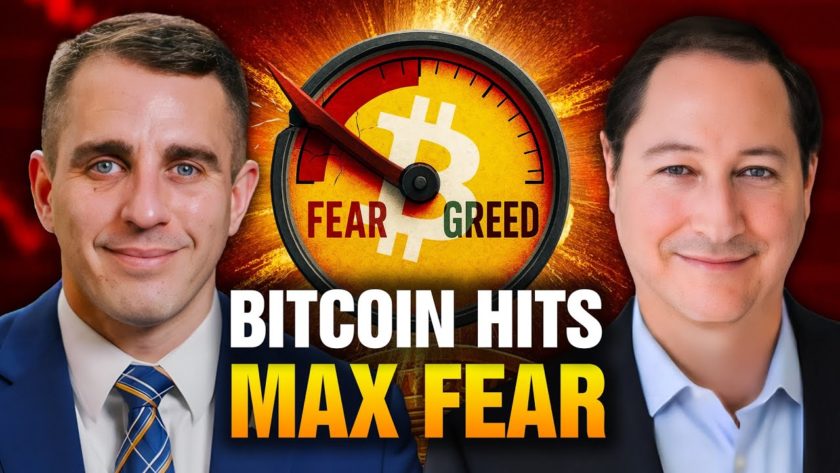Bitcoin is more like digital gold than a so-called “risk-on” asset, according to Robert Mitchnick, BlackRock’s digital assets lead. For years, bitcoin’s ability to behave in different ways at different times has stumped investors . They believed the idea that it might be a hedge against inflation only to see the cryptocurrency tumble with stocks in 2022 amid sky high inflation and rate hikes – and then rally again as signs of cooling began to show. BlackRock’s Mitchnick, speaking at the Bitcoin Investor Day conference in New York City Friday, said that although bitcoin has at times acted like a high-risk tech stock, that isn’t historically how it trades. “Historically bitcoin’s long-term average correlation [to stocks] has been close to zero – slightly positive, but close to zero,” he said. “It’s had periods where it’s spiked, similar to gold … Actually, if you put their correlation charts in a time series, they look remarkably similar .” BTC.CM= YTD mountain Bitcoin (BTC) YTD “One of the most confusing, unhelpful things that happened in the post-Covid era was you had people accept this idea that bitcoin was a risk-on asset,” he added. “Bitcoin is a risky asset … it is volatile, has a lot of uncertainty. But risk on is a different thing … it implies correlation to equities [and] fixed income.” Digital gold has become the dominant bitcoin narrative again in the past year, as the cryptocurrency’s correlation with the S & P 500 returned to 2021 lows and even briefly flipped negative this January. While the recent rally was spurred by the launch of U.S. bitcoin ETFs, some on Wall Street have suggested that it may have recently fused into the more macroeconomic-fueled gold rally . @GC.1 YTD mountain Gold in 2024 There is an exception to Mitchnick’s view, however. “Bitcoin has one fundamental macro variable where it is highly correlated with equities: it is massively short real interest rates” — or the difference between nominal rates and inflation indicators — “and it is long inflation expectations,” he said. “Real interest rates drove every asset under the sun between 2020 and early 2023,” he added. “They collapsed, therefore a lot of assets including bitcoin rocketed, and then they surged as the Fed started hiking and inflation expectations rolled over.” Risk and portfolio construction That, understandably, adds confusion for newcomers to bitcoin investing, who are drawn to its digital gold-like qualities. With so many new institutional investors becoming exposed to bitcoin through the ETFs — particularly BlackRock’s iShares Bitcoin Trust , which has pulled in nearly $8 billion of investor cash — the cryptocurrency’s correlations are “probably the single most important debate right now in thinking about bitcoin,” Mitchnick said. “[Clients] are trying to understand: in a small allocation, is this risk additive to the portfolio or actually is it potentially a diversifier or even a hedge?” he said. “It also is important for any investor to understand because it’s the reason that bitcoin’s generally not appropriate in a large concentration in a portfolio,” he added. “In a large concentration, its volatility becomes a huge driver of risk, but in a more modest concentration, the fact that generally it’s been uncorrelated and it has different fundamental drivers … potentially becomes a different source of return and even in some cases, a diversifier.” BlackRock clients who are allocating to bitcoin, including financial advisors on behalf of their clients and large institutions, tend to limit their exposure to between 1% and 3%, he said.
Blackrock says bitcoin will be a good portfolio diversifier despite its recent rally with stocks



